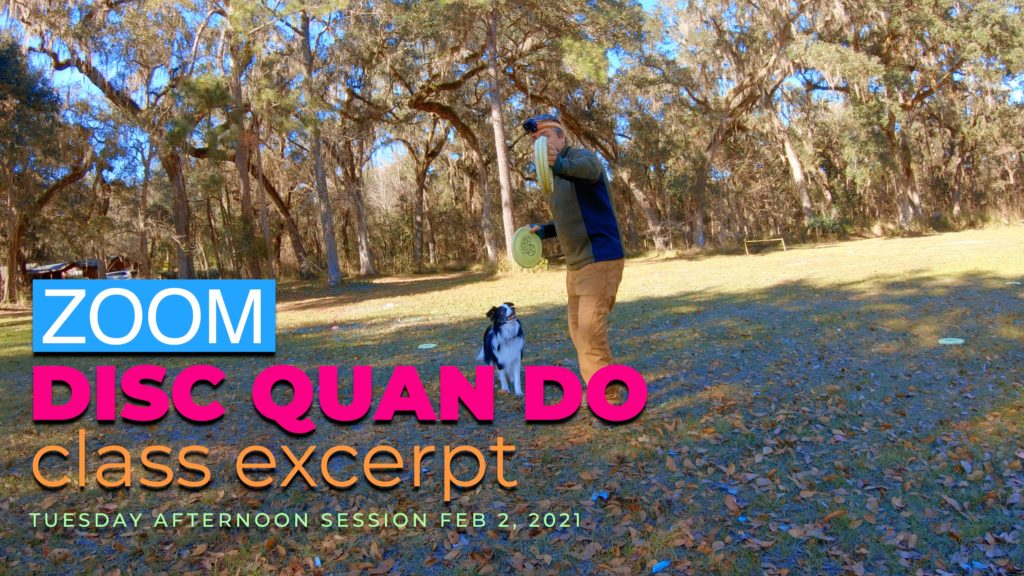
Class Excerpt | Braking on the Crossing Pass Form
Ron & Epic do a little Tuesday Afternoon Disc Quan Do laying out some practical advice and practical application of the Yellow Belt Crossing Pass Form. Stopping the dog after the Front Cross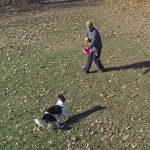 On a Front Cross, your dog switches Flanks in with you in front of them. From Clock to Counter Clockwise Flank or vice versa. Taken directly from the canine agility world, the Front... More provides additional context and understanding of the Form and highlights the Flatwork
On a Front Cross, your dog switches Flanks in with you in front of them. From Clock to Counter Clockwise Flank or vice versa. Taken directly from the canine agility world, the Front... More provides additional context and understanding of the Form and highlights the Flatwork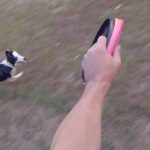 Flatwork is the stuff that happens between the catches. How the team moves and transitions, often without the disc, is flatwork. Flatwork concepts in disc dog are taken from the agility and herding... More Process concept covered in DiscDogger Weekly #23.
Flatwork is the stuff that happens between the catches. How the team moves and transitions, often without the disc, is flatwork. Flatwork concepts in disc dog are taken from the agility and herding... More Process concept covered in DiscDogger Weekly #23.
The Crossing Pass Form
The Crossing Pass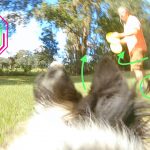 A Pass or Passing is a linear Team Movement maneuver that has the dog running or moving past the handler in close proximity, crossing or breaking the plane of the handler's body. Form is a Yellow Belt throwing form that teaches the handler how to handle a dog into a Passing maneuver in a purposeful manner while delivering understanding of how general flatwork and team movement work.
A Pass or Passing is a linear Team Movement maneuver that has the dog running or moving past the handler in close proximity, crossing or breaking the plane of the handler's body. Form is a Yellow Belt throwing form that teaches the handler how to handle a dog into a Passing maneuver in a purposeful manner while delivering understanding of how general flatwork and team movement work.
The form is super simple. Move the dog deliberately into a clockwise Pass utilizing a Front Front is a stable position directly in front of the handler. Front is an traditional obedience skill. Usually your dog sits in this position, but standing is often acceptable as well, especially in... More Cross
Front is a stable position directly in front of the handler. Front is an traditional obedience skill. Usually your dog sits in this position, but standing is often acceptable as well, especially in... More Cross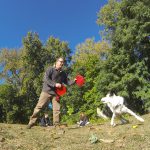 A Cross is an canine agility term that describes a change of working sides. Your dog moves from your left to your right (Heel to Side) or from Clock to Counter. Crosses are... More from a distance and follow that up with a counter clock Pass that starts with a Front Cross. While it is devastatingly simple it is a real brain breaker when forced into a this then that situation.
A Cross is an canine agility term that describes a change of working sides. Your dog moves from your left to your right (Heel to Side) or from Clock to Counter. Crosses are... More from a distance and follow that up with a counter clock Pass that starts with a Front Cross. While it is devastatingly simple it is a real brain breaker when forced into a this then that situation.
The component elements of this skill are in your toolbox, you do at least 1/2 of this form all the time. The trouble comes in with the understanding of exactly what you are doing and in adding in the opposite direction. Putting yourself into this sticky situation and learning how to handle it is a tremendous asset when it comes to competence in flatwork and on field troubleshooting in the heat of the competitive moment.
Breaking Down the Form
Taking this throwing form to the field is pretty tough. Reading the dog’s release after catch and setting up the proper entry into the Front Cross is a bit of a mind job, especially on the fly. Having the practical understanding of the throwing form makes this job a bit easier, but it’s still no picnic when adding the dog.
If you do happen to read the dog, you still have to wrangle the dog into the Front Cross and deliver the throw in the proper Passing direction, clock or counter.
Breaking down the form in the middle provides a real nice rally point which the dog, handler and team can fall back on to collect their thoughts and get their bearings, reinforcing a thoughtful and purposeful Passing maneuver.
Putting On the Brakes
Putting on the brakes in mid-Pass is a flatwork exercise on it’s own. The dog should follow the handler – your dog should follow you – and should stop when you stop even though the pattern and situation is well set up for automatic execution. Autopilot is great, until it’s not…
To apply the brakes from the Front Cross, simply step forward towards the dog and offer Basic Standing PositionStanding in front of the dog with the disc held vertically in the throwing hand is Basic Standing Position (BSP), a foundational position in the Yachi Method. More (BSP) that counters the dog’s movement and direction. Applying the brakes like this also just so happens to set you up for a textbook Pass from the Front PositionIn the Play+ philosophy, "Position" is the final stage within the "Next" phase of a Cycle of Play. It acts as a pivotal link between the "Next" phase and a new "Now" phase. More.
Tying It Into the Flatwork Compass
After applying the brakes, the dog, handler and team should be in BSP just like the Flatwork Compass The Flatwork Compass is a disc dog form that separates the Flank from the Pass, creates a reliable trigger, and exposes the team to all of the key elements of Team Movement. https://www.youtube.com/watch?v=xW7Czz-7ows&list=PL8zWXaJfi1-synGOkBJ7u4p-WkotsL3LR... More. All that is left to do is execute the Pass – on the handler’s terms.
The Flatwork Compass is a disc dog form that separates the Flank from the Pass, creates a reliable trigger, and exposes the team to all of the key elements of Team Movement. https://www.youtube.com/watch?v=xW7Czz-7ows&list=PL8zWXaJfi1-synGOkBJ7u4p-WkotsL3LR... More. All that is left to do is execute the Pass – on the handler’s terms.
This connection between the Crossing Pass Form and the Flatwork Compass form is talked about all the time in our Disc Quan Do classes, but talking the talk is not the same as walking the walk.
A few reps of this Broken Crossing Pass Form will help any jammer better understand the forms and have more competence in practical disc dog flatwork.
Classes Ongoing – Tuesday Afternoon and Friday Evenings
This lesson was pulled from this week’s Tuesday Afternoon zoom class and is a typical class experience if we’re meeting while the sun is up.







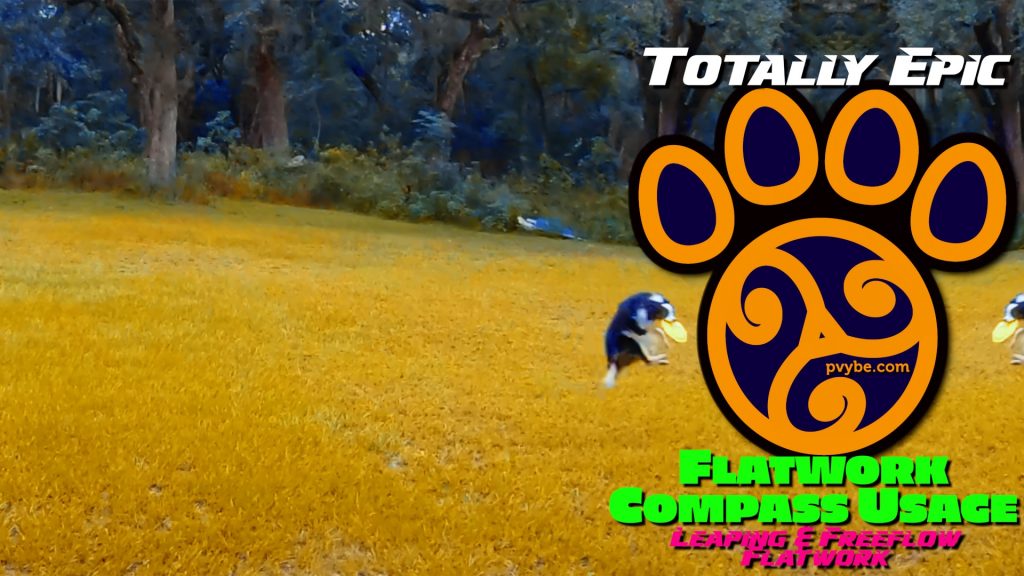
We should try this Broken Crossing Pass Form. Additionally, it doesn’t reinforce high speed coming back like typical Passing Form, I think.
Da.